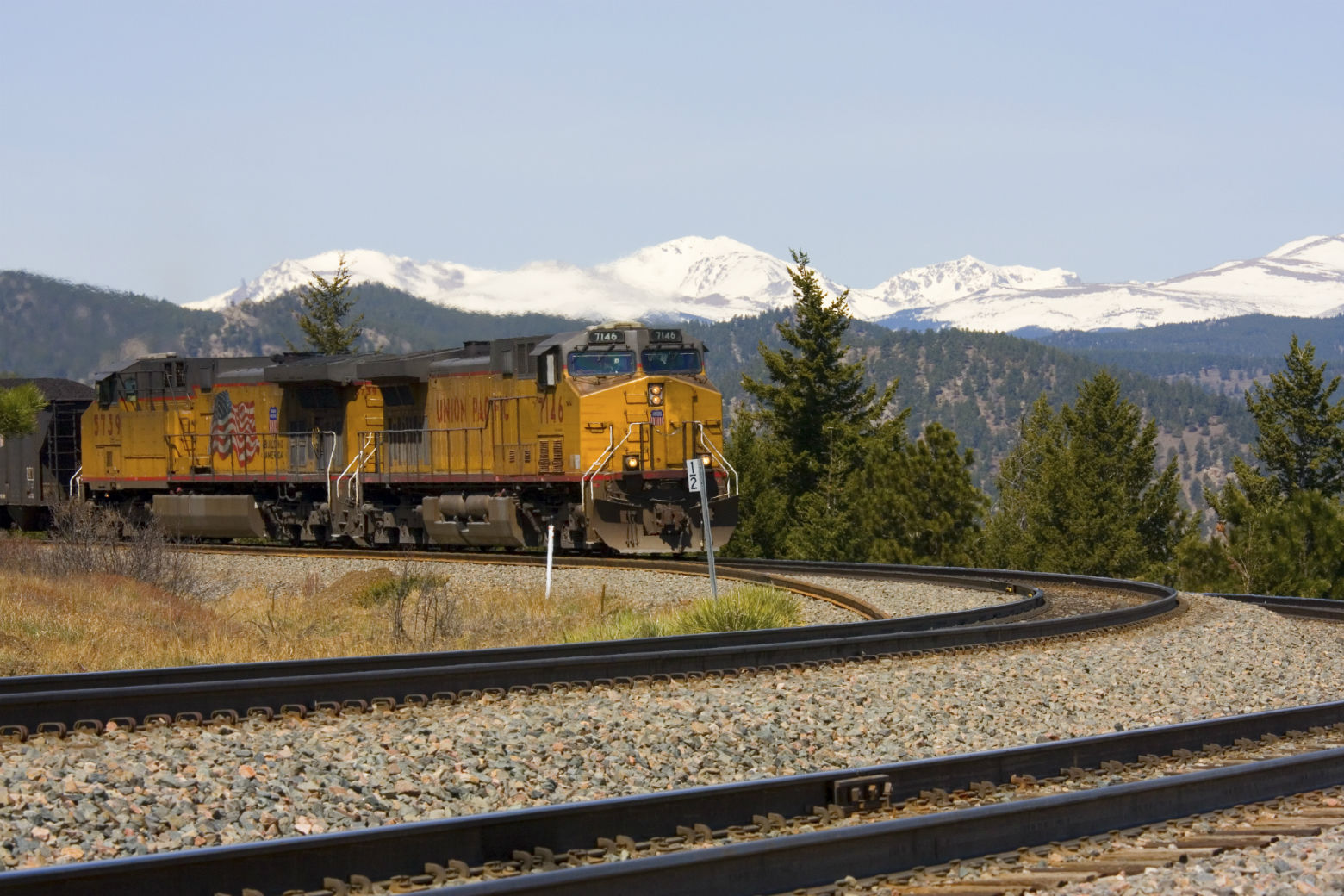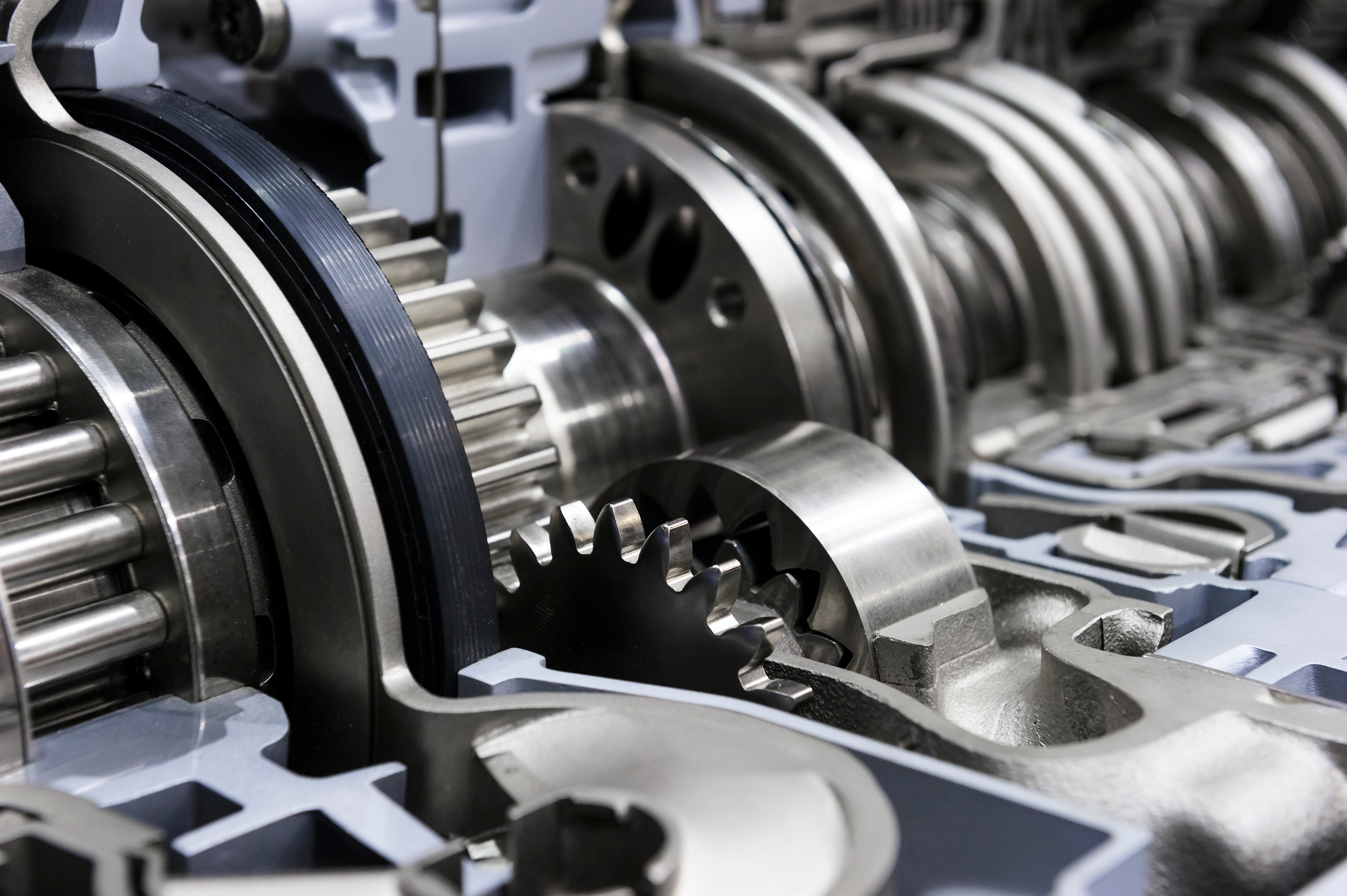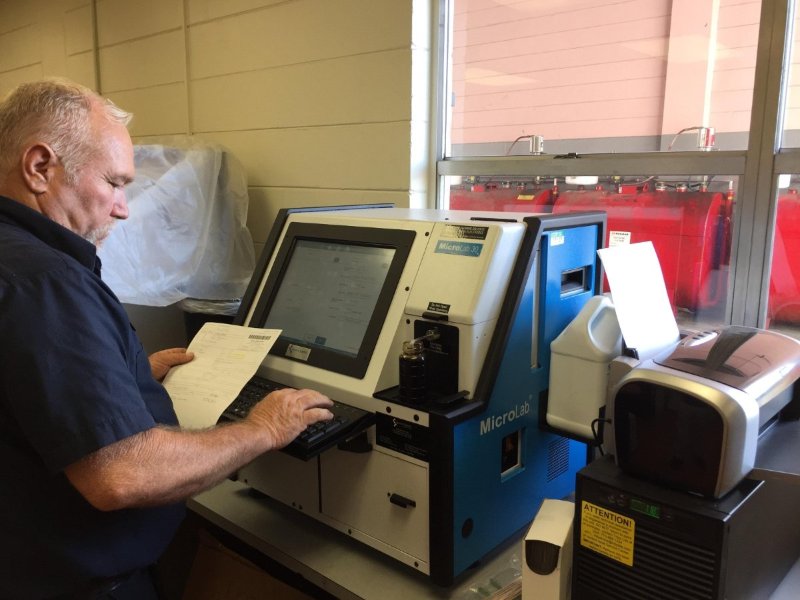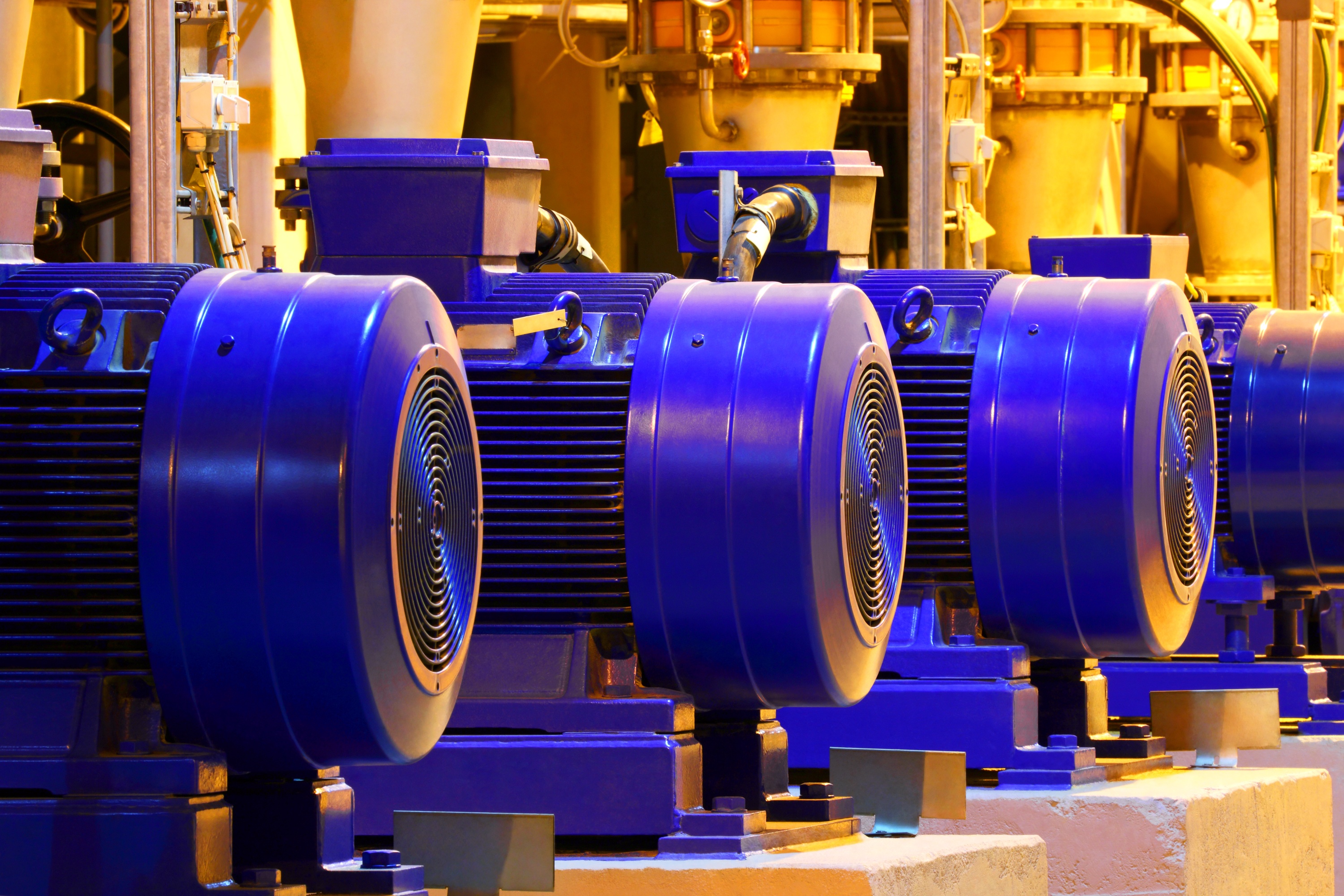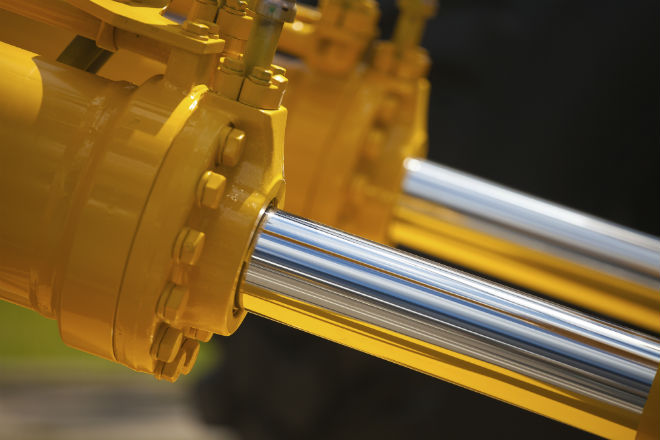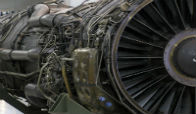Mining Fleet Oil Analysis
Mining fleets and their managers utilize oil analysis to keep their equipment up and running. From drill and blast to transportation, they need to know their equipment won't fail on them. Some of the largest equipment in the world is created for mining fleets, and keeping them lubricated is of utmost importance. On-site oil analysis can not only keep equipment in check, but lower maintenance costs as well. In the latest addition to the "Ask the Expert" video series, Dan Walsh discusses how on-site oil analysis can decrease maintenance costs, and increase profit.
Typical mining processes have five key stages that can either be in one location, or spread out in multiple areas. Those stages are drill and blast, load and haul, process, stockpile, and transport.
In the world of mining, there are different types of mining. It can range from strip, also known as open pit, mining which is common for some of the major ores, to underground mining, which is common in different areas of the world. Mines extracting precious metals such as gold, lead, silver, coal, iron, etc. have interest in on-site oil analysis because those metals can show up in the oil itself.
Understanding the entire process from drill and blast, to actually getting the ore on the market is very important. Knowing that all in cost, or major KPI, is how mines determine how much profit they are able to make. For example, gold extraction can range from $350 to $700 per oz for the all in cash cost. Reducing the cost of operation is how all mines can increase their profit margins.
Why On-site Oil Analysis?
Maintenance costs are the largest percentage of the entire operation costs. For open pit mining, 45% to 60% of the operation cost is purely maintenance cost due to it being heavily intensive with capital equipment. Underground mining is typically less than 35% because the product and equipment is different. Smelters and other first processes can be between 25% to 30%. Any effort to reduce the cost of maintenance increases overall profit. On-site oil analysis is very attractive to mining operations for that exact purpose.
Equipment and Tests
The image below shows the type of equipment seen at each stage of the mining process- drill and blast, load and haul, and final process, the moving parts within that equipment, and the tests that should be run for each stage.



